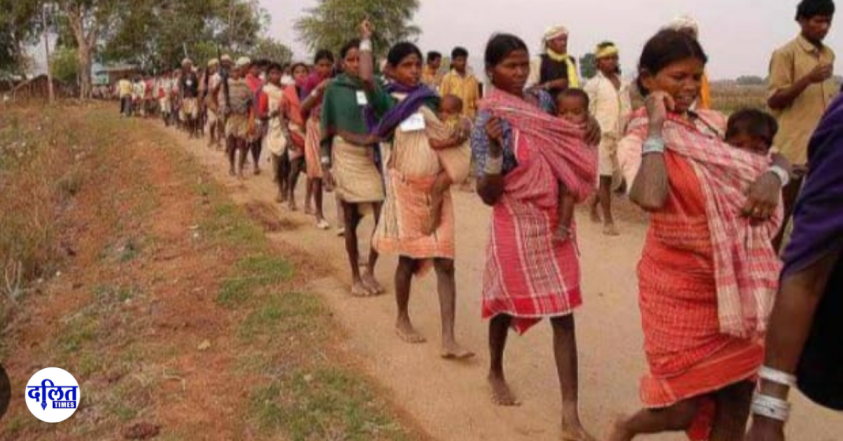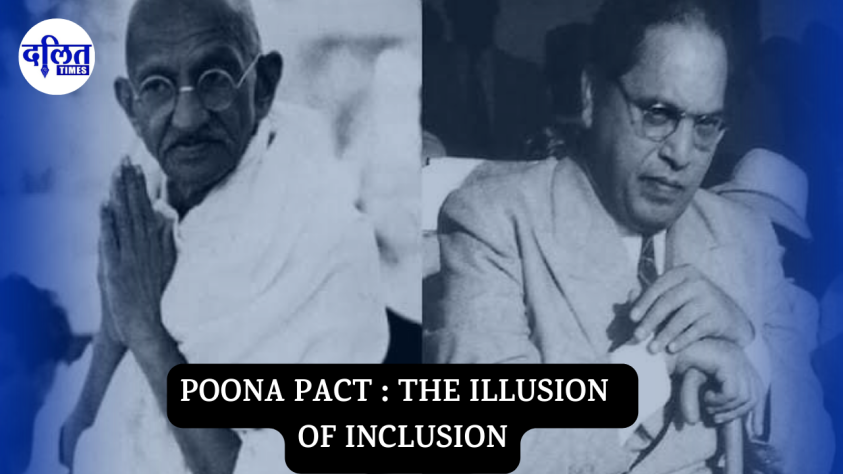On the surface, the Odisha government’s latest proposal sounds benign—progressive, even. Revenue Minister Suresh Pujari has announced that the state plans to directly purchase land from Dalits and Adivasis in Scheduled Areas, claiming this move will “protect” their land from being grabbed by powerful outsiders. But scratch the surface of this well-packaged policy, and a far more dangerous agenda emerges—one that risks formalizing the very dispossession it pretends to guard against. This is not protection; this is policy-enabled transfer of land away from the most marginalized. What the government proposes is not a defense mechanism, but an appropriation strategy cloaked in the language of benevolence.
The protection of Scheduled Areas in Odisha is enshrined in the Fifth Schedule of the Indian Constitution, which mandates special safeguards for the rights of Adivasi communities over their land, resources, and self-governance. These areas are governed by the Panchayats (Extension to Scheduled Areas) Act, 1996 (PESA), the Forest Rights Act, 2006 (FRA), and the Odisha Land Reforms Act. Together, these laws are meant to prevent the alienation of tribal land and ensure that no transfer of land occurs without the consent of the Gram Sabha. Despite these frameworks, Scheduled Areas in Odisha remain vulnerable to state-sanctioned land acquisition and private encroachment, often under the guise of development. True protection requires not just legal provisions but their strict enforcement, empowerment of Adivasi institutions, and political will that centers tribal autonomy over extractive economic interests.
Also Read: DICCI: Fighting Caste with Capital, Building a New Dalit Economy
The new proposal bypasses both the spirit and the letter of constitutional protections. When the state becomes a buyer, it ceases to be a neutral protector and transforms into a powerful market actor with asymmetrical bargaining power. There is a thin line between ‘purchase’ and ‘coercion’—especially when the seller is a financially distressed tribal farmer and the buyer is the state, armed with bureaucracy, legal tools, and political might.
Odisha’s history is stained with the displacement of Adivasis and Dalits—for mining, industrial corridors, dams, and development projects. The memories of Kashipur, Niyamgiri, and Kalinganagar are still raw. In all these cases, the state failed to protect the people—it facilitated their dispossession. Now, the same state proposes to act as a “protector.” But who protects the community from the state? What stops this land from being later handed over to corporate giants, mining companies, or real estate conglomerates? We must remember: the land mafia does not act alone. It acts with the active collusion of bureaucrats, police, and politicians—the very apparatus now masquerading as guardian.
The Odisha Land Reforms Act requires the sub-collector’s approval for land transfers involving SCs and STs. But this has proven ineffective. Across districts, illegal transfers persist, often regularized retroactively under political or administrative pressure. Sub-collectors are not accountable to the Gram Sabha. They are not required to consider the socio-economic vulnerabilities of the seller. In many cases, land is sold under duress or manipulation—such “consent” is neither free nor informed.

This proposal is a betrayal of Article 244(1) of the Constitution, the Fifth Schedule provisions, and PESA and FRA protections. It centralizes power in bureaucratic hands and sidelines community consent, customary ownership, and local self-governance. This is not decentralization—it is developmental authoritarianism.
If the Odisha government truly intends to safeguard Adivasi and Dalit land, it must: strictly enforce PESA, ensuring Gram Sabha authority in all Scheduled Areas; accelerate recognition of community land rights under the FRA; create independent oversight committees with Adivasi leaders, legal experts, and civil society; provide social security and livelihood protections for distressed landholders; and treat land not as a commodity—but as a site of culture, history, and identity.
The Odisha Scheduled Areas Transfer of Immovable Property (by Scheduled Tribes) Regulation, 1956 (OSATIP) prohibits ST land transfer to non-tribals without written permission from the sub-collector. In 2023, a proposed amendment by the previous cabinet allowing ST landholders to transfer land under certain conditions was met with mass protests and was put on hold. Critics rightly warned that such changes would legitimize dispossession under the pretext of “development.”
Also Read: Stacks of Shame: Impeachment Motion Against Justice Varma Signals a Historic Legal Reckoning
Despite the 2002 reaffirmation of the ST-to-non-ST transfer ban, implementation remains weak. According to the Comptroller and Auditor General (CAG), as of March 2022, 2,134 OSATIP-related cases—involving 1,932.42 acres—remained pending. Sub-collectors have been criticized for indefinite adjournments and delays in issuing restoration orders. A recent directive from the Revenue Department now mandates that 10% of restored land cases be reviewed by District Collectors, and 20% by sub-collectors. Yet without robust political will, grassroots vigilance, and legal accountability, even well-intentioned rules risk becoming paper tigers.
Land Is Life, Not Commodity
Land is not merely an economic asset for Adivasis and Dalits—it is ancestral memory, cultural
continuity, and political autonomy. Any attempt to sever this connection—however sugarcoated in policy language—is an act of structural violence. We must remain vigilant. Because policies that begin as ‘protection’ often end as plunder.



